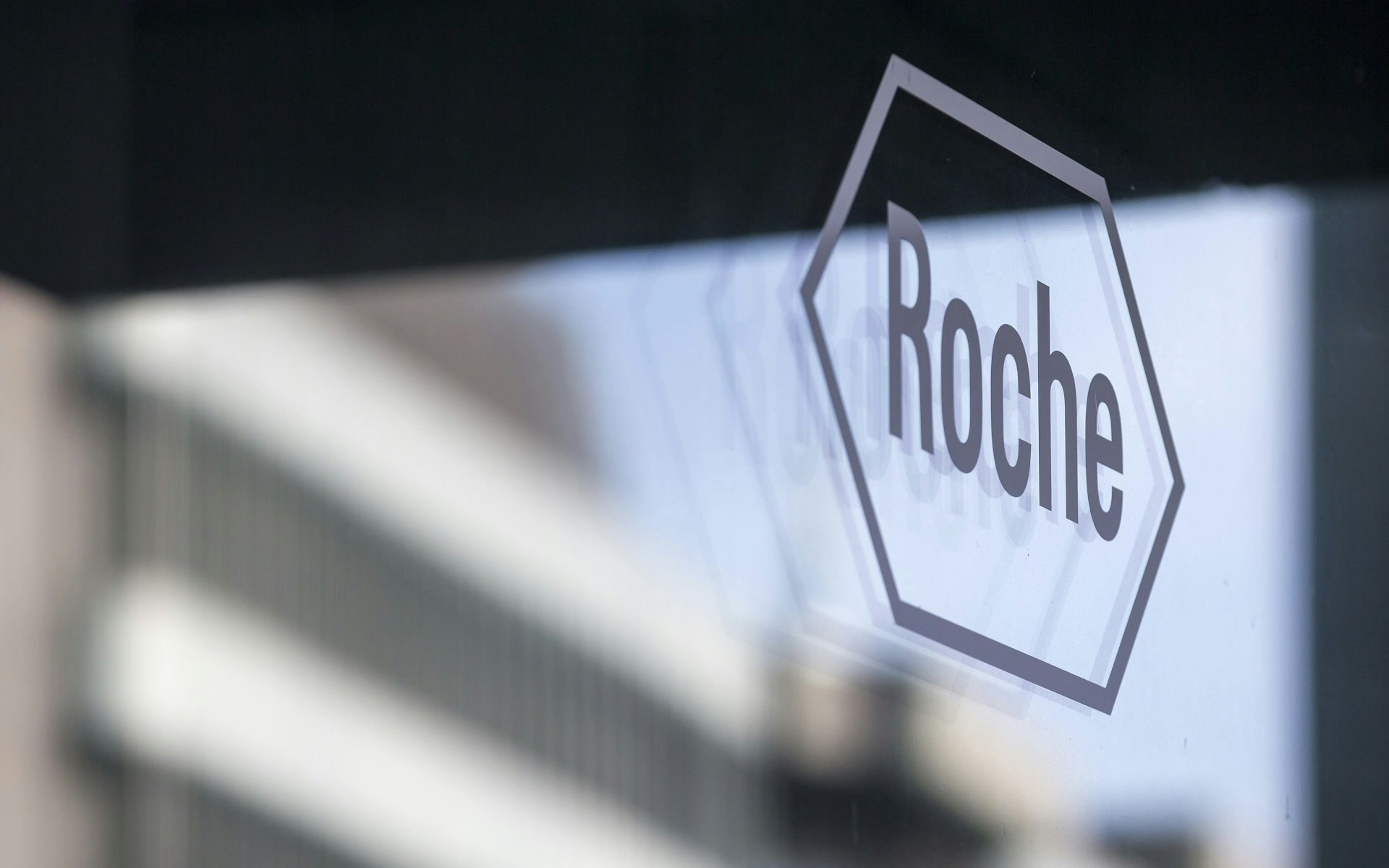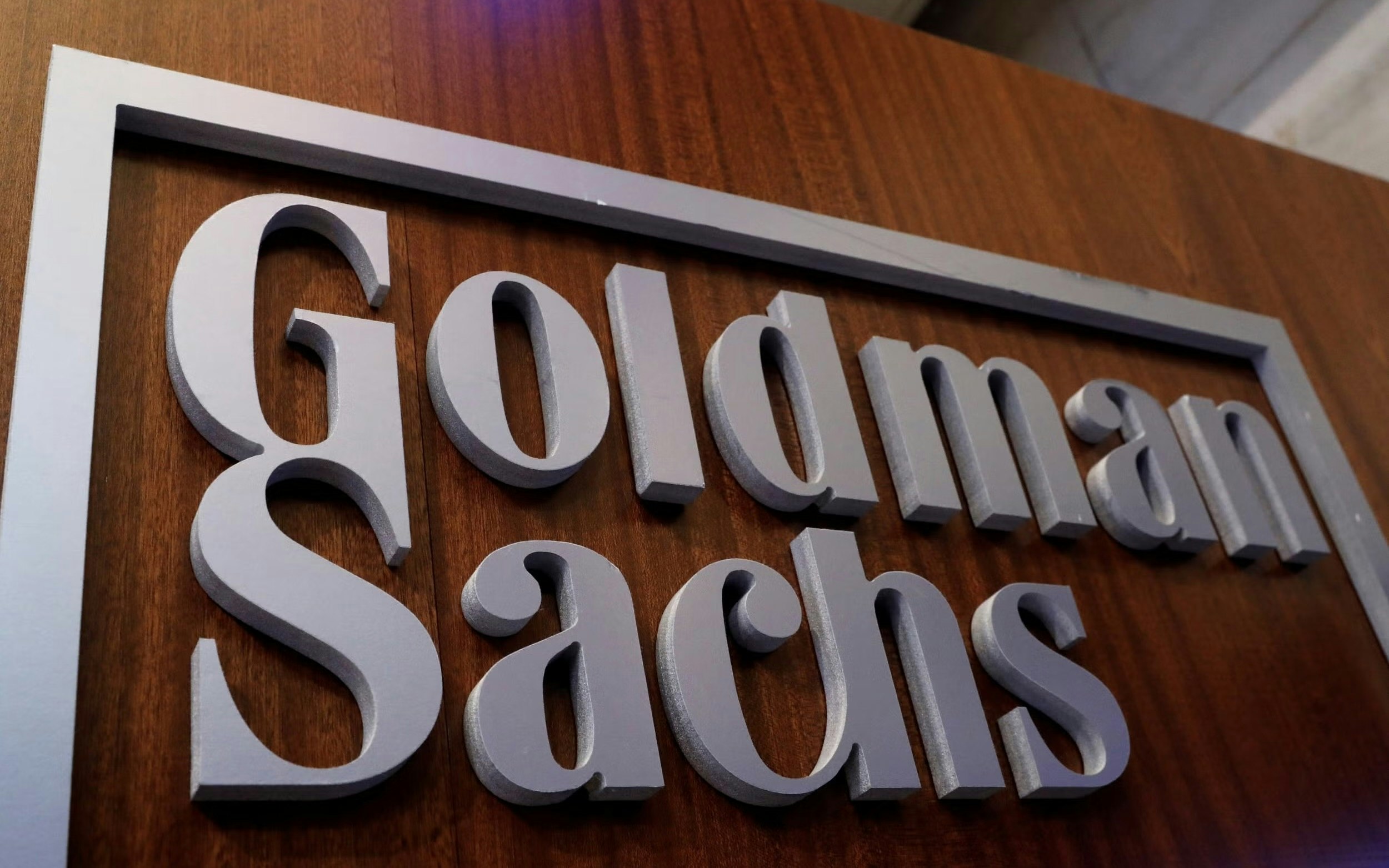Pharma
Roche Disappoints with New GLP-1 Medications: Side Effects Unsettle Investors
Roche has disappointed investors with severe side effects of its new GLP-1 drugs, highlighting the challenges in the multi-billion dollar market for obesity treatments.

At the beginning of the year, Roche raised hopes with initial study results of its new obesity treatments and was on its way to establishing a potential blockbuster in the billion-dollar GLP-1 market. However, recent reports of severe side effects have dampened expectations and unsettled investors.
On Monday, Roche's stock plummeted by four percent after it was revealed that 75 percent of patients receiving the highest dose of the new injection CT-388 suffered from severe vomiting. Another setback followed on Thursday: the shares fell again by five percent after similar data for the company's oral weight-loss drug was released.
These reactions highlight the challenges that pharmaceutical companies must face to enter the rapidly growing GLP-1 market, which is currently dominated by Novo Nordisk and Eli Lilly. The drugs, which mimic the effect of the gut hormone GLP-1, thereby lowering blood sugar levels and reducing appetite, are considered an effective means of weight loss. According to Goldman Sachs, the market could reach a volume of 130 billion dollars by 2030.
However, these medications also come with significant side effects, including nausea, vomiting, and constipation, especially at high doses. This fact also posed challenges for Roche. Experts such as Citigroup analyst Peter Verdult criticized that Roche had overly praised the initial results: "They have set themselves up for this situation.
Despite the setbacks, Manu Chakravarthy, head of metabolic product development at Roche, defended the studies. The side effects were consistent with those of other GLP-1 medications, and future users would not be treated with such high doses.
At the diabetes conference in Madrid where the data was presented, GLP-1 was a dominant topic. Around ten percent of the research papers presented dealt with these medications, demonstrating the enormous interest in this class of drugs. Companies like Eli Lilly and Novo Nordisk, however, remain market leaders, while Roche and other pharmaceutical companies continue to struggle with side effects and the complexity of these new medications.






